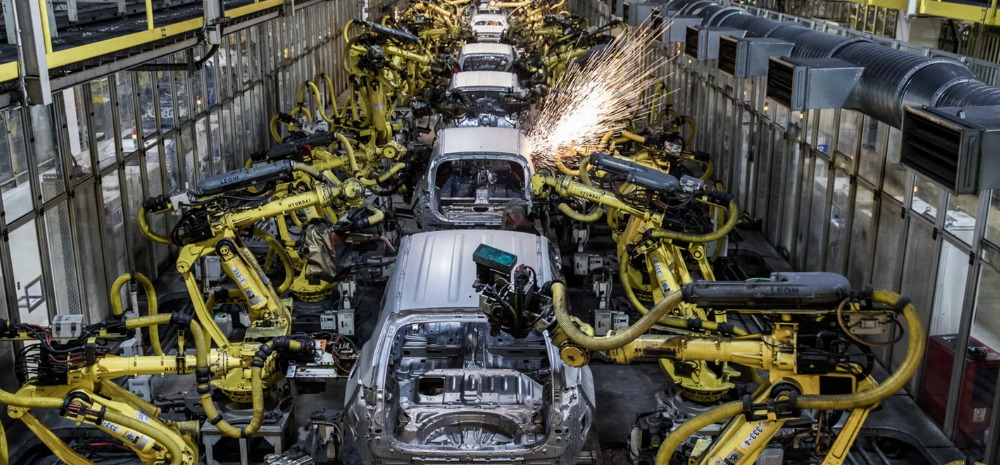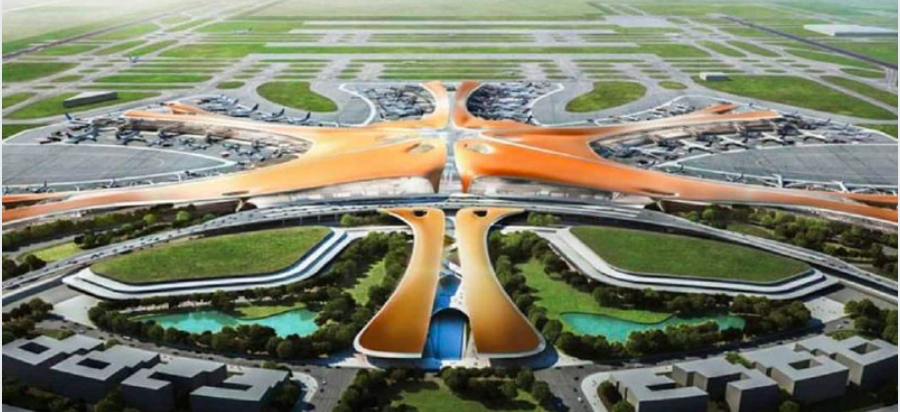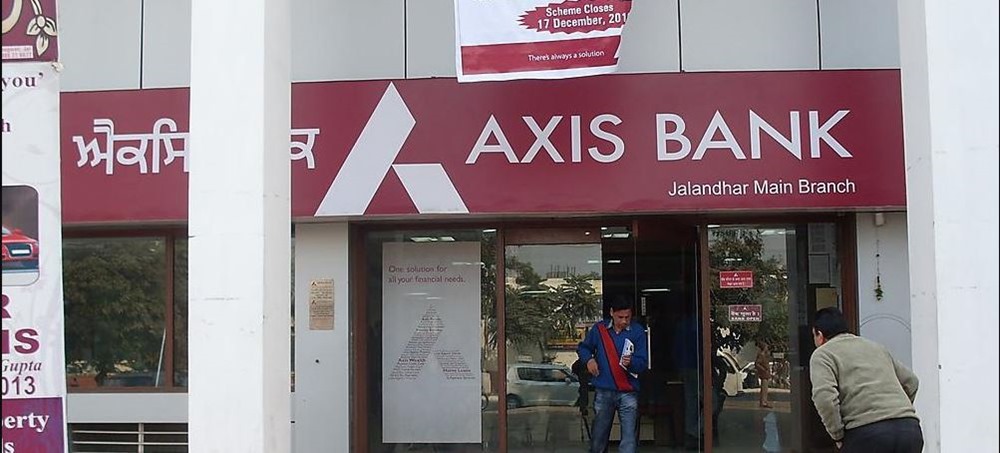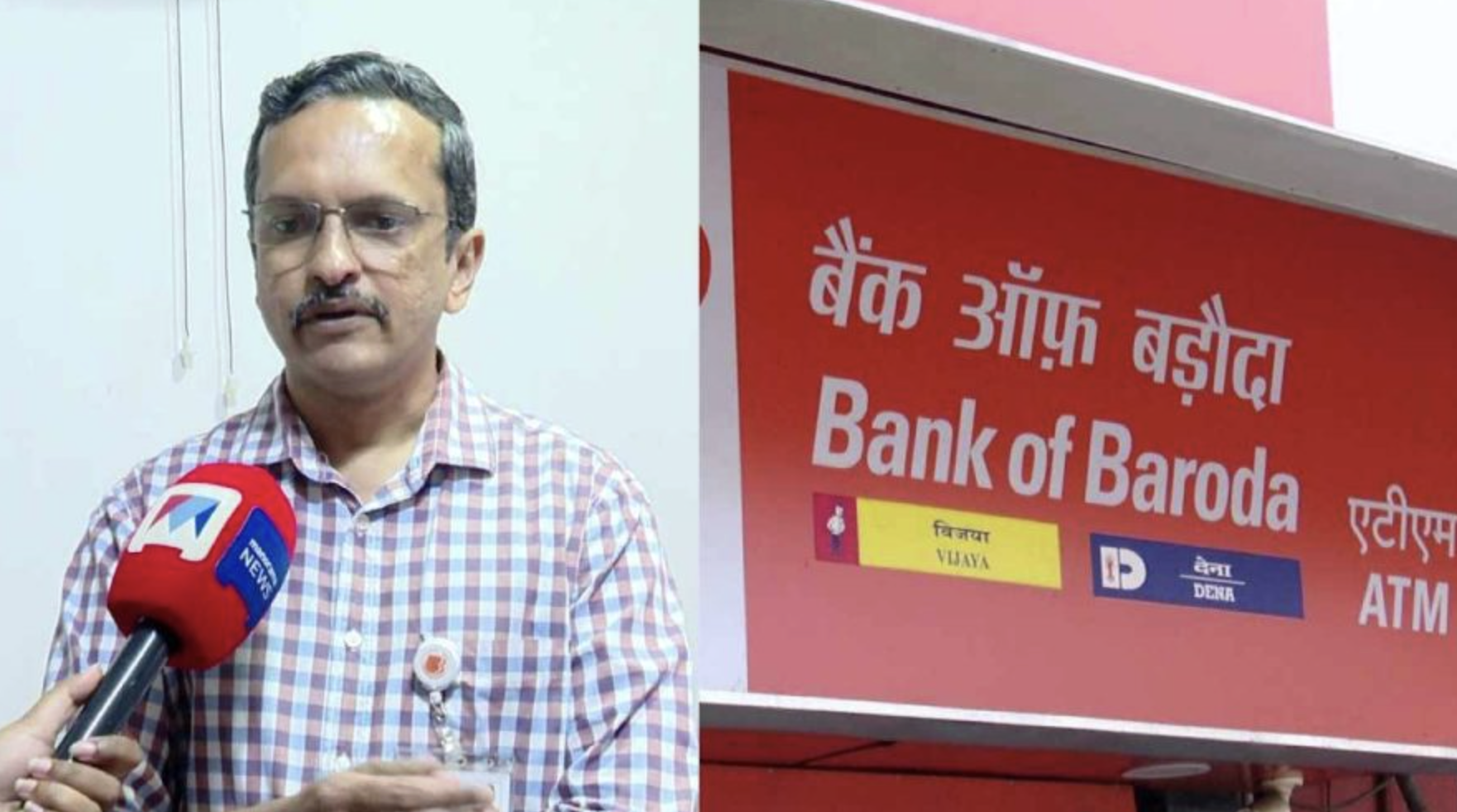India’s automotive industry is gearing up for a significant transformation with the government’s vision of achieving 30% electric vehicle (EV) adoption by 2030. However, a major challenge lies ahead: the need for a skilled workforce capable of meeting the demands of this shift. The Society of Indian Automobile Manufacturers (SIAM) recently highlighted the urgency of addressing this skills gap, estimating a requirement of up to 2 lakh skilled professionals and a substantial investment in talent development.

The Need for a Skilled EV Workforce
Addressing the Skill Gap
SIAM President Vinod Aggarwal emphasized the critical need for skilled manpower in the EV sector. “As we look ahead, one of the major constraints the auto industry will face is the dearth of skilled electric vehicle capable manpower,” Aggarwal stated. This sentiment was echoed at a workshop on empowering an EV-ready workforce in the Indian auto industry. Aggarwal, who is also the Managing Director and CEO of Volvo Eicher Commercial Vehicle Ltd, pointed out the necessity for specialized skills in battery technology, power electronics, and motor design.
Training and Investment Requirements
The ‘SIAM EV Skill Gap Study’ report outlines the extensive training and investment needed to build a capable workforce. The report projects a total talent investment of Rs 13,552 crore, with Rs 7,671 crore allocated for hiring and Rs 5,881 crore for training. This investment is crucial to ensuring that the workforce is equipped with the necessary skills through upskilling, reskilling, and skilling initiatives.
Talent Distribution Across Roles
SIAM Vice President Shailesh Chandra detailed the diverse talent requirements across various roles and disciplines. “By 2030, India will need nearly one to two lakh people with specific skills to meet the government’s mission of 30 per cent EV adoption,” Chandra stated. This need spans multiple blue-collar and white-collar professions, including technicians in manufacturing and testing, as well as PhD scientists and engineers in research and development. The disciplines required include electrical and mechanical engineering, chemical engineering, and electronics engineering.
Overlapping Competencies and Localization Goals
Overlap Between ICE and EV Skills
The SIAM report identifies varying degrees of overlap between the competencies required for internal combustion engine (ICE) vehicles and EVs. Approximately 43% of technical competencies have minimal overlap, necessitating fresh skilling of talent. Conversely, 27% of competencies have a high overlap, allowing for the reskilling of existing talent. This highlights the need for targeted training programs to bridge these gaps.
Localization of EV Components
To achieve 100% localization of EV components, India must significantly increase its rate of producing EV-ready workers. The current rate stands at 15,000 per year, but the goal is to raise this to 30,000 per year by 2030. This increase is essential for reducing dependency on imported components and fostering a self-sustained EV ecosystem in India.
Conclusion
The transition to electric vehicles presents both a challenge and an opportunity for India’s automotive industry. Addressing the skills gap is crucial to achieving the government’s ambitious 30% EV adoption target by 2030. Significant investment in training and hiring will be required to build a capable workforce that can support this transformation. By focusing on specialized skills and increasing localization, India can position itself as a global leader in the electric vehicle sector.













